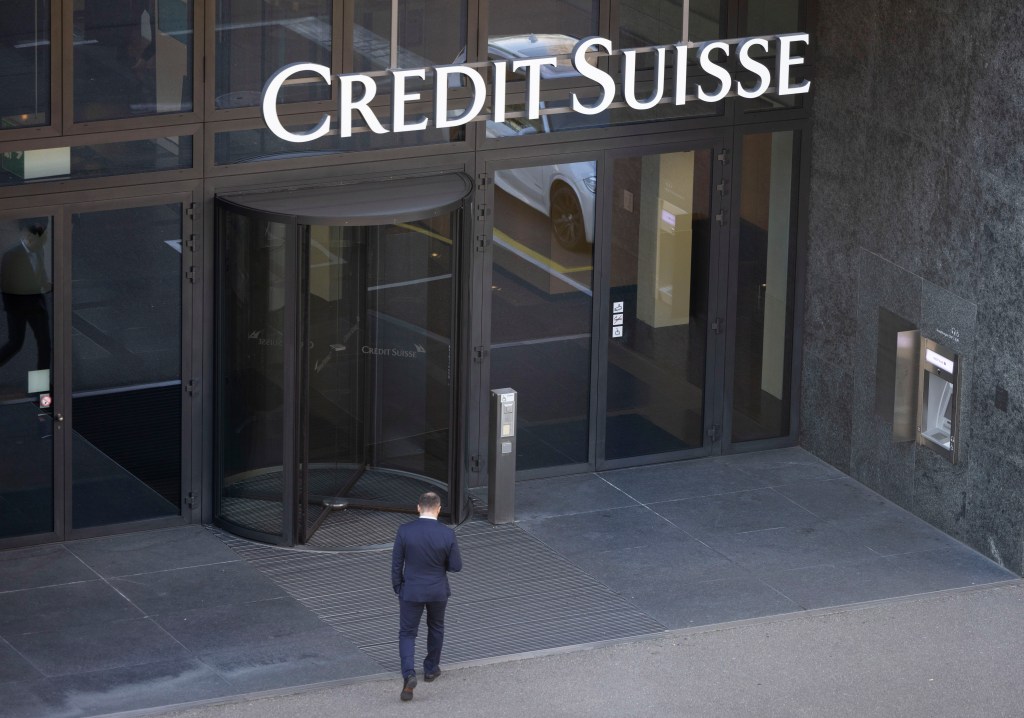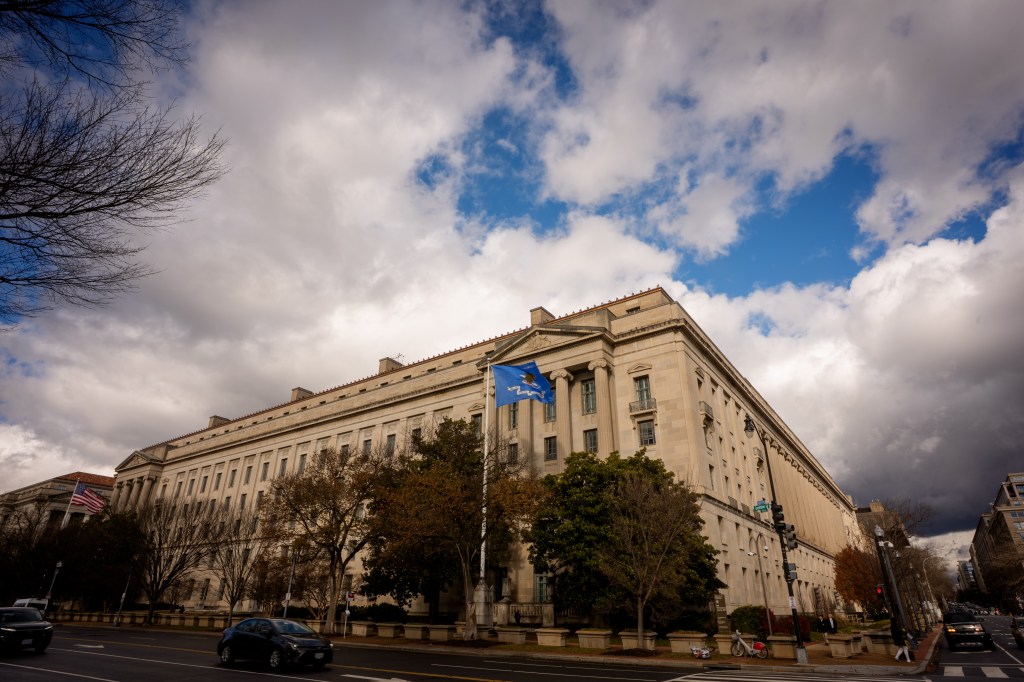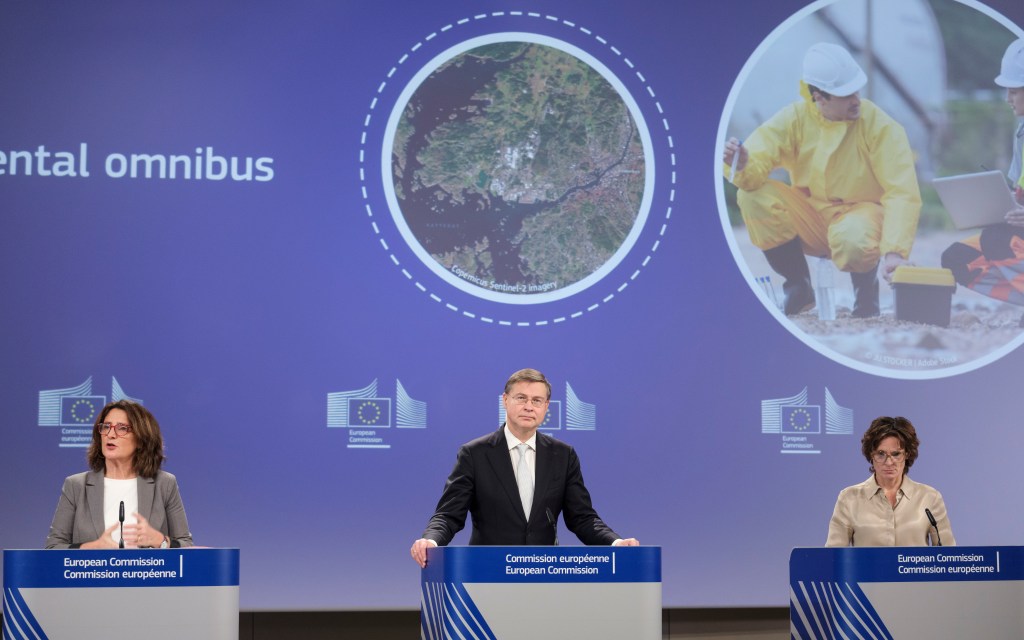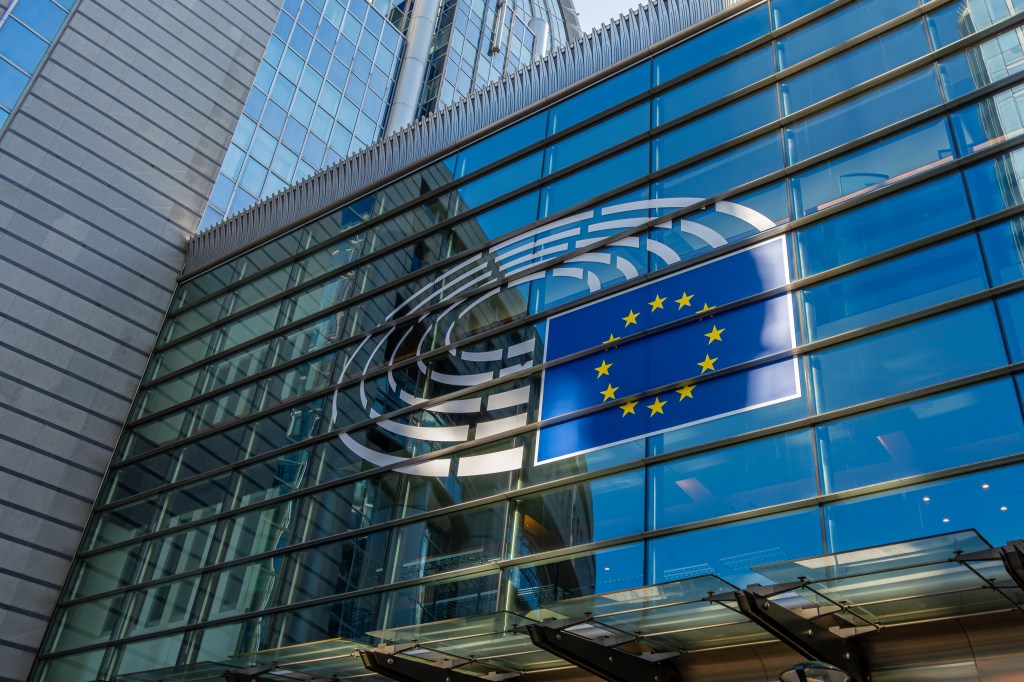The Authority for Anti-Money Laundering and Countering the Financing of Terrorism Authority (AMLA) has been established under the new a European anti-money-laundering (AML) and counter-financing terrorism (CFT) Regulation (AMLAR). The AMLA is a new monitoring, investigative and supervisory EU authority and will differ from current member state AML and CFT
Register for free to keep reading
To continue reading this article and unlock full access to GRIP, register now. You’ll enjoy free access to all content until our subscription service launches in early 2026.
- Unlimited access to industry insights
- Stay on top of key rules and regulatory changes with our Rules Navigator
- Ad-free experience with no distractions
- Regular podcasts from trusted external experts
- Fresh compliance and regulatory content every day
















